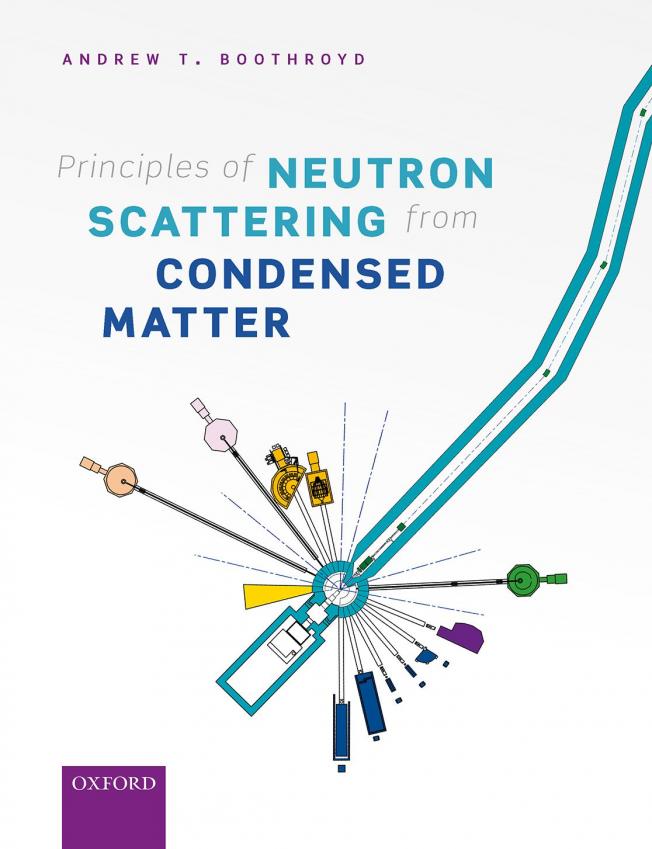A ferroelectric-like structural transition in a metal
(2015)
Sc2NiMnO6: A Double-Perovskite with a Magnetodielectric Response Driven by Multiple Magnetic Orders
Inorganic Chemistry American Chemical Society (ACS) 54:16 (2015) 8012-8021
Evidence of quantum dimer excitations in Sr3Ir2O7
Physical Review B American Physical Society (APS) 92:2 (2015) 024405
Importance of XY anisotropy in Sr2IrO4 revealed by magnetic critical scattering experiments
Physical Review B American Physical Society (APS) 92:2 (2015) 020406
The importance of XY anisotropy in Sr2IrO4 revealed by magnetic critical scattering experiments
(2015)


